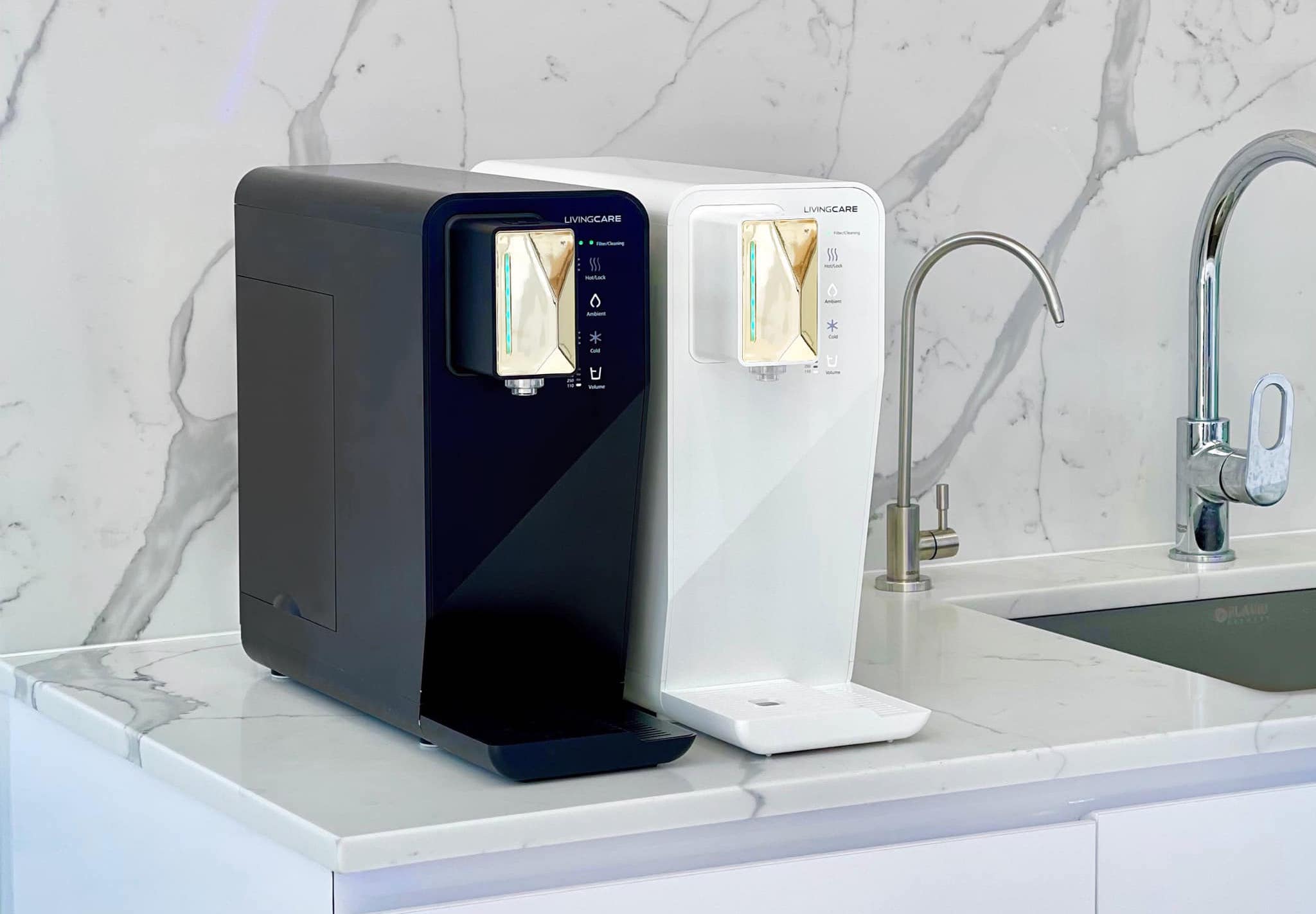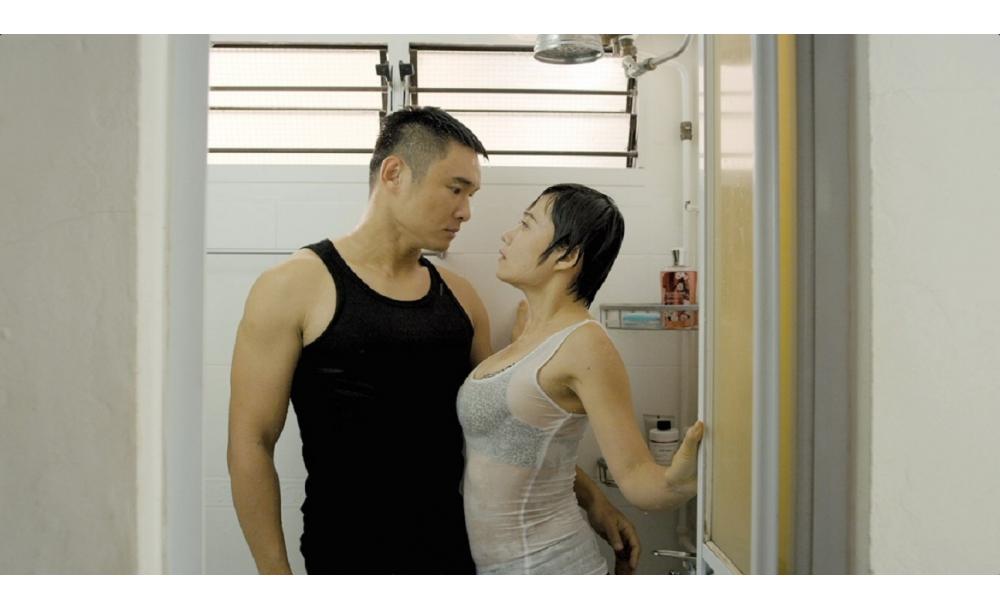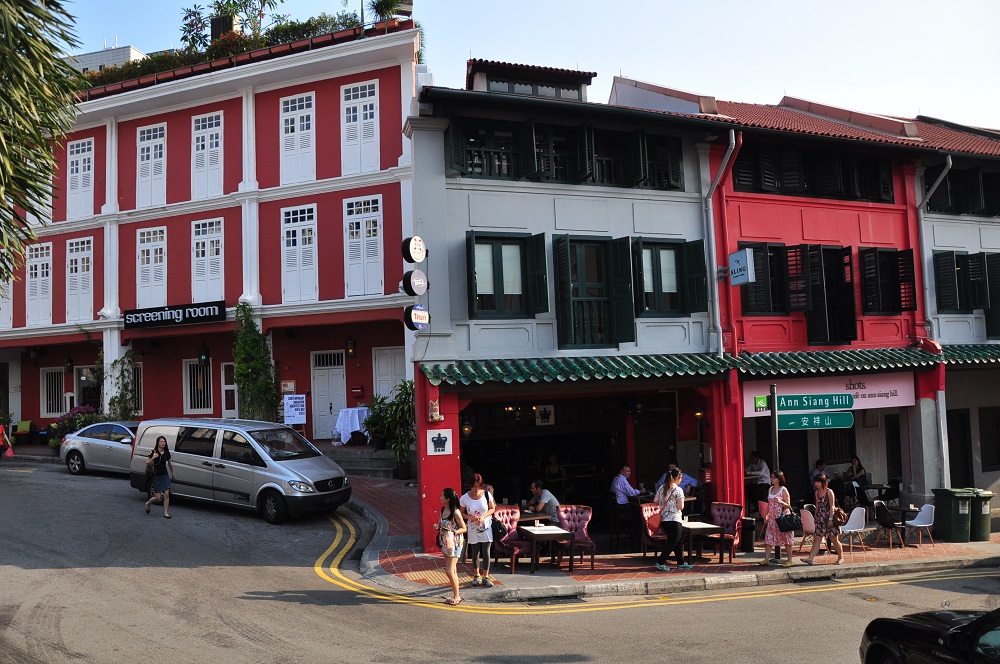How did you get started?
When I was a little boy, I used my imagination and hands to create my own toys. These toys were usually made from cardboard, stationery, accessories and other odds and ends. After picking up art and craft in primary school, I got hooked on assembling my own model airplanes, skeletons of dinosaurs and the like. Starting from scratch was always my kind of thing.
What’s the most exciting thing about this job?
Architectural model-making is a team effort. It is a combination of the hard work and skills of different people. After putting in all that time and effort, the satisfaction comes when you see the completed models. The job also gives me a sneak peek into Singapore’s future developments.
Do you ever fantasize about living in the miniature homes you make?
Sometimes when I’m making the models, I do try to imagine how it would be like to be physically in these developments. This helps me better understand the designs of the architect or planner.
Do you pay great attention to detail in other aspects of your life too?
Yes, organization is part and parcel of my life, whether it be at work or at home. At work, I like to organise my work space in a certain way. Back home, the clothes in my wardrobe are also arranged in a certain pattern. During vacations, I pay a lot of attention to how I pack my luggage. I will make a list of necessary items and go down the list as I pack. My wife is more spontaneous—she would just grab and go! And when I’m overseas, I find that I pay more attention to anything that has intricate details. I like to think about what goes on behind the making of these objects.
How much flexibility do you have in making your models under the URA? Do you try to sneak in any “signature moves”?
Due to the design requests of architects and planners, we sometimes have the opportunity to try new ideas and methods of model-making. With that said, we do have to discuss with the architects and planners before new techniques are implemented. Model-making is an art form that is learnt through a lot of practice. Through the years, each model maker has developed his or her own distinct style. We do use hand carving for the finishing touches. Hence, each model feels handmade.
What do you think about Singapore’s development as a city? Do you think it’s moving at a good pace or too fast?
I have seen the transitions of the models to real-life buildings myself and these developments are wonderful and exciting. In fact, many cities are learning from us. But as society matures, we need to find a balance between economic progress and conservation. I feel more can be done to understand Singapore’s iconic structures and its surroundings before they are redeveloped.





